 |
Head Trauma Interviews: Lesson 2 |
2.00 |
In this second segment of our series, Christopher G. Zammit, M.D. sits down with Lauren Wittman, RN, BSN, CCRN-CMC and they define what head trauma is and how best to treat it. Final Exam: This multiple-choice exam is designed to test your knowledge of the material you just reviewed. You have two attempts to gain an 75% or higher on this exam. Please take your time and answer each question carefully.
|
 |
Children with Special Health Care Needs: Assessments Part II |
1.00 |
In this second lesson of the series, another family offers their time and personal experiences. Take advantage of the information that the medical professionals and the mother of a medically fragile child offer. We believe that your assessment and treatment abilities will improve. Final Exam: This multiple choice exam is designed to test your knowledge of the material you just reviewed. You have two attempts to gain an 70% or higher on this exam. Please take your time and answer each question carefully. |
 |
Brick by Brick: Neonatal Resuscitation for EMS Providers |
1.50 |
In this lesson, you will be able to compare the difference between the unplanned delivery of a thriving full-term baby to that of a preterm baby who is not breathing. There are very few calls for service in which responders may alter as many years of health and well-being as may be done with Neonatal Resuscitation. After completing this training, we believe you will be better prepared to care for both the mother and the newborn. |
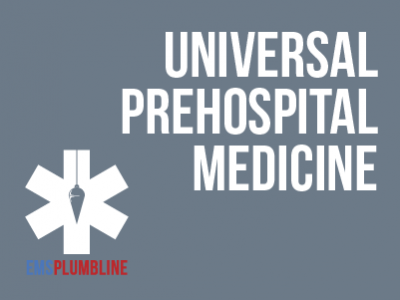 |
Framing: Toxic Inhalations at Structure Fires |
1.00 |
In this brief overview, we discuss the topic of smoke inhalation as it relates to what may occur during a typical structure fire. The emphasis of this lesson will be CO and Cyanide. These are two of the most common toxic inhalation hazards that EMS providers will encounter when treating those that are exposed. Final Exam: This multiple-choice exam is designed to test your knowledge of the material you just reviewed. You have two attempts to gain an 70% or higher on this exam. Please take your time and answer each question carefully. |
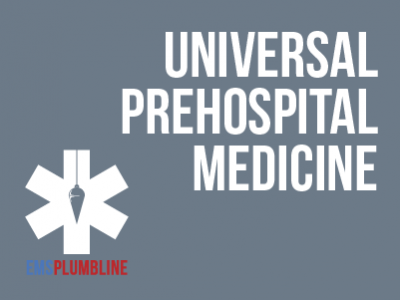 |
Lifting and Moving—Lesson 2 |
0.50 |
In the second session, we will discuss body mechanics and what you can do to properly train to perform in a safe manner. Final Exam: This multiple choice exam is designed to test your knowledge of the material you just reviewed. You have two attempts to gain an 80% or higher on this exam. Please take your time and answer each question carefully.
|
 |
Brick by Brick: Edibles and Legalization-Part 1 |
1.00 |
In the Fall of 2021, EMT Conner Griffin sat down with Monroe Livingston County's Medical Director, Jeremy Cushman, and Dr. Nicholas Nacca. Dr. Nacca brings a unique set of skills to the first lesson in this series. His experience as an Emergency Medicine Physician and a Toxicologist is evident. They discuss the medical aspects of potent edibles and how legalization offers new challenges to prehospital medicine. You will want to listen to this lesson and return for more as this topic evolves.
Final Exam: This multiple choice exam is designed to test your knowledge of the material you just reviewed. You have two attempts to gain a 70% or higher on this exam. Please take your time and answer each question carefully. |
 |
Brick by Brick: Gastroenterology Overview—Part 1 |
1.50 |
In most EMS systems, gastroenterology education is avoided at the BLS level. However, prehospital providers frequently respond to reports of nausea, abdominal discomfort, or pain. There is often a disparity in the relationship between the frequency of responses and the amount of education available to EMS providers.
Melodie Kolmetz, Paramedic, PA-C, is a multi-disciplinary provider and educator. She brings her experience as a paramedic, physician assistant, and university professor to this prerequisite course. Her review of the anatomy and physiology of the gastrointestinal and genitourinary tracts offers a better understanding of how to identify life-threatening emergencies. The end result will be better choices when determining the appropriate prehospital interventions and the nearest appropriate transport destination.
Final Exam: Please read each question carefully. You will have two attempts to gain a 70% or higher on this exam. If you are not successful in two attempts, you are welcome to take the course again to gain the certification. |
 |
Geriatrics Block: Communication |
0.59 |
In Geriatrics Block: Communication, you will learn about the proper ways to communicate with geriatric patients. You'll learn about causes and signs of hearing loss and aphasia and how to recognize both in patients. You will discover how to effectively and properly communicate with older patients, including those who have hearing loss or aphasia. Challenges that commonly arise in communications between nursing home staff and EMS personnel will also be discussed. You'll learn about methods to avoid confrontational interaction, and will be able to identify ways to communicate effectively with nursing home staff to provide timely and appropriate medical care. |
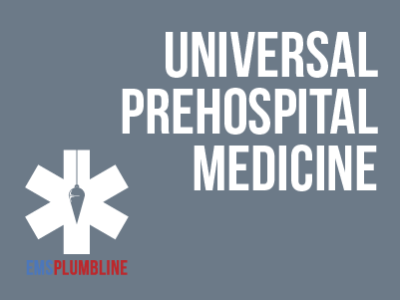 |
Scene Safety Series: Part 1—Emotionally Disturbed Persons |
1.50 |
Emotionally Disturbed Persons (EDPs) is a term that covers a wide range of situations. Although the responses are frequent, some become dangerous. Psychology professor Drew Anderson and Law Enforcement Officer/EMT Instructor James Walker provide expert commentary supported by a cast of experienced prehospital providers. Final Exam: This multiple choice exam is designed to test your knowledge of the material you just reviewed. You have two attempts to gain an 70% or higher on this exam. |
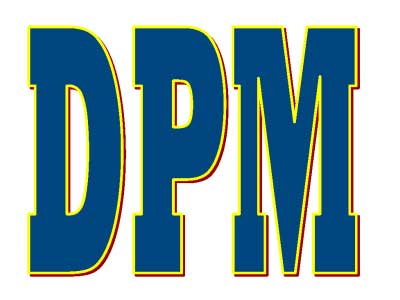 |
Effective Prehospital Patient Handoffs Between Providers |
0.50 |
Effective Prehospital Patient Handoffs Between Providers was designed to provide a common process for reporting patient information during the prehospital care process. Communication of the patient's prehospital care from all level of providers is essential in ensuring the continuation of care in a unified and effective manner and to help provide a seamless transition in their care. This course expands on the idea of effective patient handoffs to the field providers that often transfer patients between various levels of care from first-responder through advanced paramedics. Very often, initial observations of those initial responders are unavailable to subsequent responders - either because the patient has been moved, or the scene itself has been altered. Without an effective process to communicate these details, important information can and will be lost. |
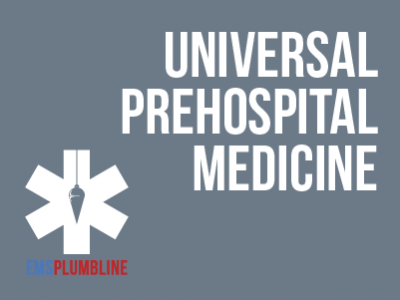 |
Review of Resuscitation |
1.50 |
Dr. Erik Rueckmann and Paramedic Sal Valdez sit down with Paramedic Michael Hoskins in this insightful interview. Their discussion will lead you through the concepts of resuscitation and the teamwork that is inherently integrated in the efforts to be successful.
Final Exam: This multiple-choice exam is designed to test your knowledge of the material you just reviewed. You have two attempts to gain an 70% or higher on this exam. Please take your time and answer each question carefully. |
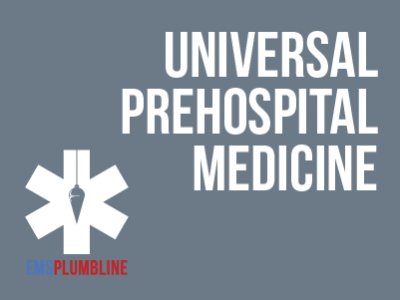 |
Framing: Child Maltreatment for EMS Providers |
1.00 |
Child Abuse Pediatrician Dr. E. Murray discusses some of the key issues that EMS providers must consider when caring for abused children. Final Exam: This multiple-choice exam is designed to test your knowledge of the material you just reviewed. You have two attempts to gain an 70% or higher on this exam. Please take your time and answer each question carefully. |
 |
Brick by Brick: Difficult Deliveries |
1.00 |
Assisting a mother with a complicated childbirth is one of the most challenging situations an EMS provider may encounter in their career. Our team of experts discuss the prehospital management of postpartum hemorrhage, prolapsed cord, shoulder dystocia, and breech birth. Doctors Kristen E. Burhans, Maia Dorsett, and Kara Louise LaBarge demonstrate skills that you will want to practice with your response team before your next obstetrical emergency occurs. |
 |
Bloodborne Pathogens and HIV (Human) |
1.00 |
In this course, you will learn about the characteristics of bloodborne pathogens, diseases caused by these pathogens, such as HIV, and how they are transmitted. You will also learn the elements of an exposure control plan and how to prevent contact with or infection from contaminated body fluids. In addition, you will learn how to handle exposure incidents involving blood, and the signs, labels, and color-coding used to warn of biohazards and bloodborne pathogens. This training is provided to help employers provide a safe and healthful work environment for their employees and minimize the possibility of employee exposure to bloodborne pathogens.
This course is labeled with (Human) to indicate that it is not animal-related.
|
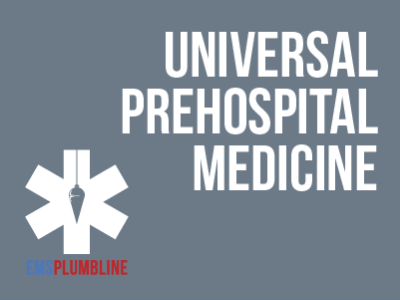 |
Brick by Brick: Trauma Transport Decisions 4—Pediatrics |
0.50 |
|
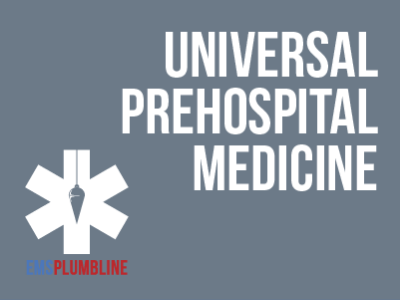 |
Brick by Brick: Trauma Transport Decisions 3—Response to the Big One |
1.00 |
|
 |
Brick by Brick: Trauma Transport Decisions 2—HEMS |
0.50 |
|
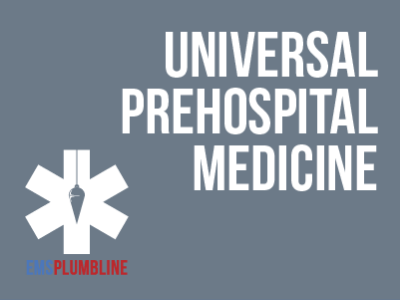 |
Brick by Brick: Trauma Transport Decisions 1—Receiving Facilities |
1.00 |
|
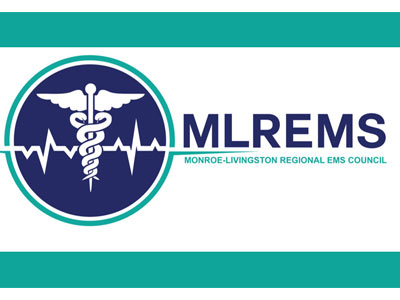 |
EMS Patient Handoffs in the Hospital |
0.50 |
|




















